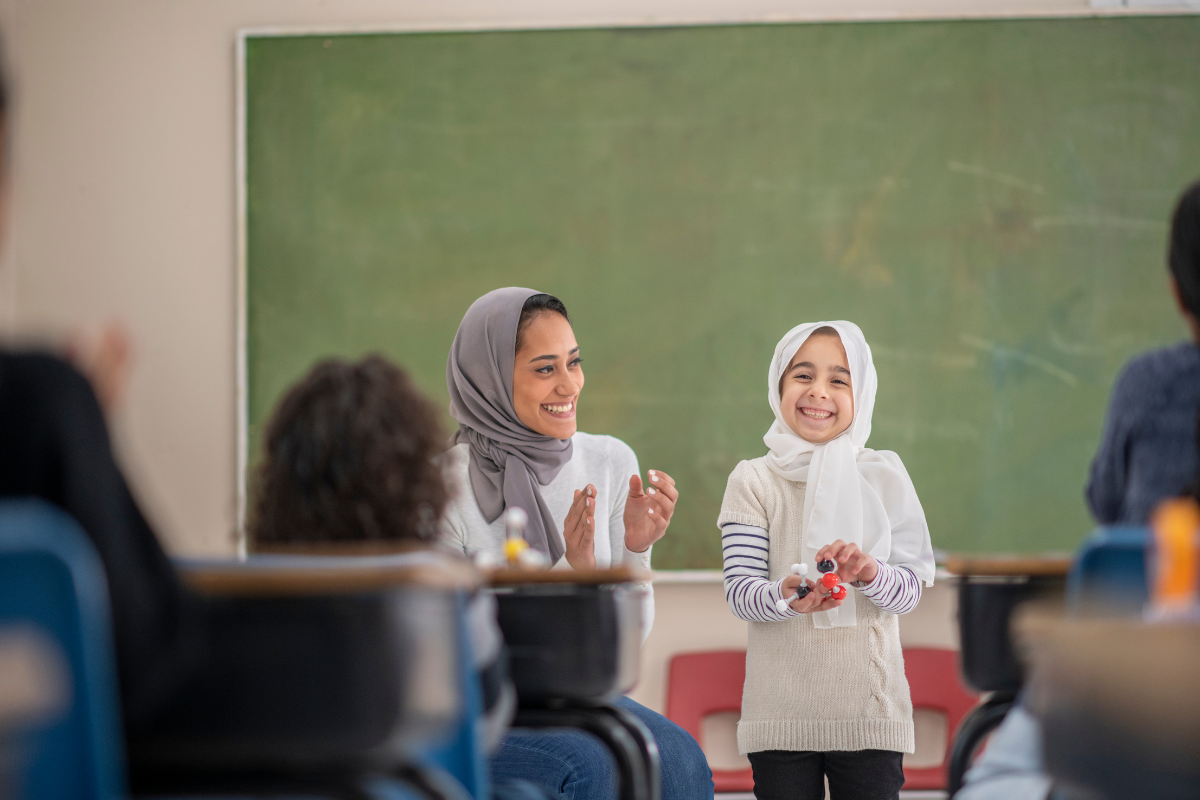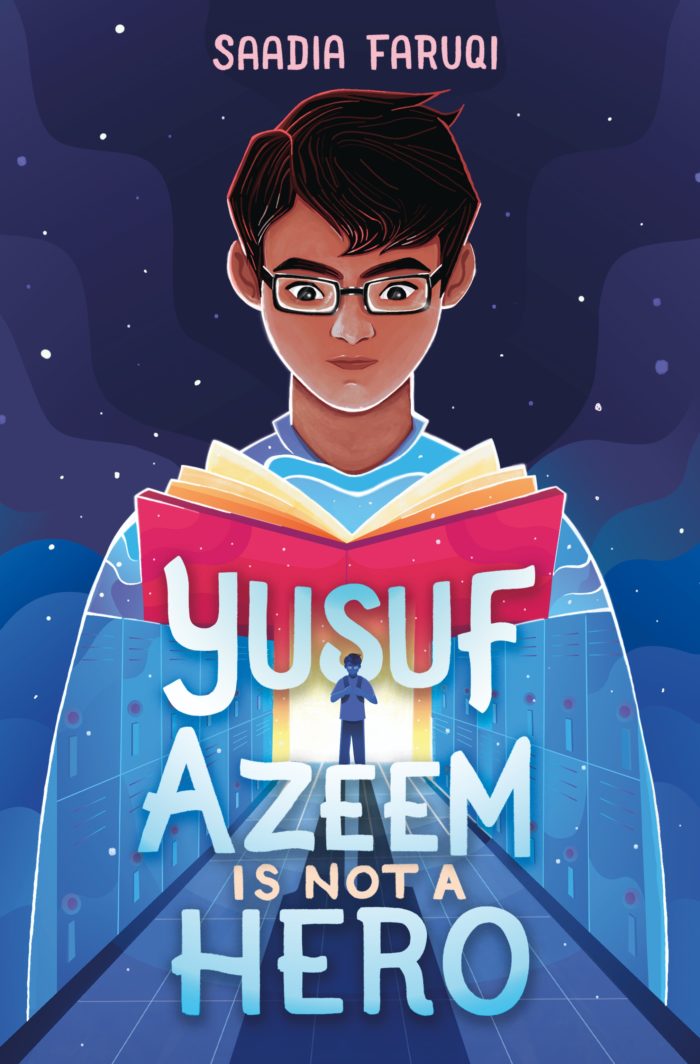
Classroom Discussions: The 9/11 Aftermath for People of Color
Guest blog post written by Saadia Faruqi, a Pakistani American author, essayist, and interfaith activist. She writes the children’s early reader series “Yasmin” and other books for children.
It’s been 20 years since the terrorist attacks of September 11, 2001. It’s an important event in our history books, one that we commemorate through moments of silence. We talk about “Never Forget” as it pertains to the victims of the attacks, which is commendable. Yet, most educators don’t discuss 9/11 outside of that one week in September. I believe that this is a disservice to the youth we serve. 9/11 should not only be a part of our curriculum, but also a part of our reading. This includes both non-fiction and fiction.
Living History
Learning history is essential if we want to continue to do better for ourselves and for our children. Consider all the events that occurred in history, and how human nature continues to evolve and simultaneously make the same mistakes. Yet when we teach 9/11 in our schools, we focus mostly on the actual day of the attacks. We don’t consider the aftermath on people of color, especially Muslim Americans. Hate crimes rose in our communities, and bullying increased in our schools. These horrible results are frequently disregarded when we talk about 9/11 because they occurred over time, but the narrative is vital to our society.
Learning History Through Books

As an author, shedding light on the dark parts of our culture is my job. In my middle-grade novels, I highlight tough topics like Islamophobia, racism, anti-immigrant sentiment, poverty, classism, and much more. Young readers are smart and curious, and they’re eager to learn about the things that need to be addressed. This includes the repercussions of 9/11.
My latest middle-grade novel YUSUF AZEEM IS NOT A HERO is about a middle school boy named Yusuf who watches his small Texas town grow more dangerous as the twentieth anniversary of the attacks near. From school bullying to community vandalism, to violence and racial profiling, Yusuf learns about the dark side of human nature. He reads his uncle’s journal from 2001 and realizes that the wheels that started turning twenty years ago are still going strong. In the novel, he has a choice: keep his head down and stay quiet like everyone tells him to do, or stand up for what’s right and become the hero his conscience urges.
Each of us has the same choice in front of us today. We can look at 9/11 as a historical event that happened 20 years ago, something to be mourned and then tucked into our memories until next year; or, we can view it as a learning experience. We can explore how people who looked like “the enemy” were – and still are – treated, and then generate solutions to make life better for them. We can analyze how to make our communities more friendly and welcoming, how to make our schools open and safe.
Facilitating a Curious Classroom
Educators can be at the forefront of this change. When you teach about 9/11, ask open-ended questions like “How do you think people felt about Muslims after the attacks?” or “What do you think were the long-term effects of the attacks?” Suggest books like YUSUF AZEEM for at-home reading or book club discussions. Task students with researching and writing reports about what life was like for minorities six months after the attacks, or a few years later. Allow them to read articles or books from other countries after 9/11 and see what people were worried about then.
All this will help give your students a rounded, comprehensive, and accurate picture of the attacks and their repercussions. Through these discussions, as well as reading books like YUSUF AZEEM, students can learn how to be allies, and educators can help create a welcoming, tolerant environment. Maybe that change will take a long time, but at least we can start the conversation.
Join the Network
Educators can join First Book’s network — the largest and fastest-growing network of educators, schools, and programs serving children in need across the United States and Canada — to bring these titles and many more to your classroom.
